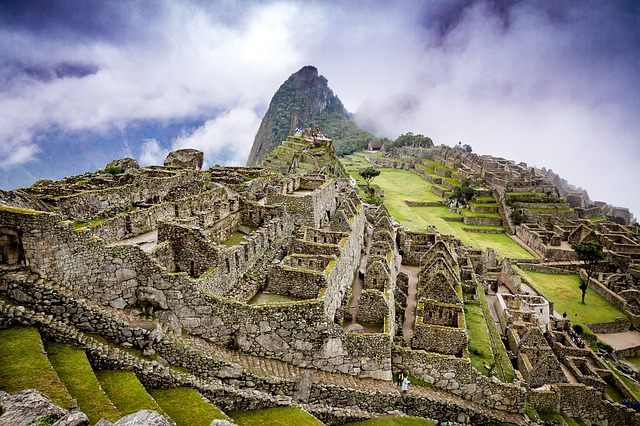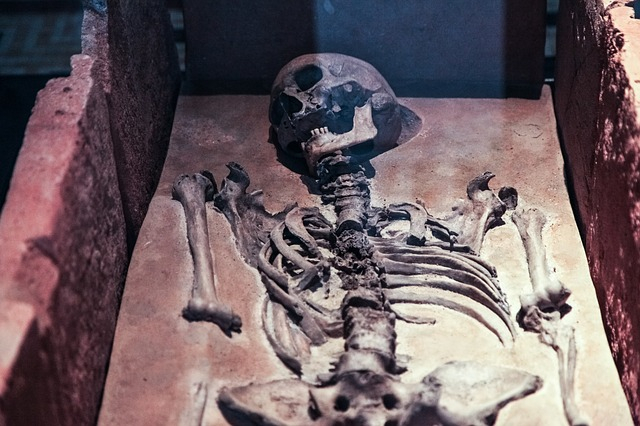A new study of ancient human genomes in South America has revealed who are the inhabitants and when they started living in the region, as well as how they moved around and intermingled. It is the largest study of ancient human genomes in the region. The research is based on the region which used to be habituated by the ancient civilization, Inca who used to live in the Central Andes mountains During their 1000-year reign, until the Spanish conquered them in the mid-1500s.
As per the experts the before the Spanish invasion they built an extensive road system and constructed magnificent stone structures, such as Machu Picchu. In the same region, the Moche used to live from 200 CE to 850 CE. They are known for having built giant adobe mounds with murals inside.
A Middle Horizon civilization, the Wari, also flourished in the south-central Andes and coastal area of modern-day Peru. They are known for fine textiles and terraced agriculture. During the ancient period, other well-developed societies like Nasca and Tiwanaku also used to live in the region of Andes mountains.

The DNA study of ancient people
Scientists ran DNA studies on 89 skeletons found from several Andes archaeological sites. Researchers from Harvard University and other institutions had successfully sequenced DNA from 9000-year-old human remains from the Central Andes highlands.
To understand more about the habitat of this region, a team of researchers led by Harvard population geneticist David Reich and a paleogenomics expert at the University of California, Lars Fehren-Schmitz, joined with South American scientists and worked with local authorities to get DNA from major archaeological sites, sequencing 64 ancient genomes.
Later, radiocarbon dating revealed that the DNA belonged to people who lived between 9000 to 500 years ago in the region. The scientists then compared those genomes with each other and 25 already sequenced ancient samples.
The results of genome study

Harvard graduate student Nathan Nakatsuka and his colleagues report in Cell that people who inhabited the highlands 9000 years ago were genetically distinct from the ancient groups of people who used to lived in the coastal areas as well as north and south regions.
It was also found that the highland genomic group even persisted despite several cultures such as the Inca, Moche and others came and went in the past 2000 years. As per Nakatsuka, these genetic stability contrasts with several events in Eurasia during the same time; there, genetic studies have shown evidence of repeated replacements of local people by newcomers.
Francesca Giulietta Fernandini Parodi, an archaeologist at the Pontifical Catholic University of Peru (PUCP) said "These data confirm what I and other researchers have proposed," citing that repeated invasions did not lead to the demise of local people.
The DNA study in the new research has revealed that people from many different places lived side by side. PUCP archaeologist Luis Jaime Castillo said "They were akin to places like New York City."









